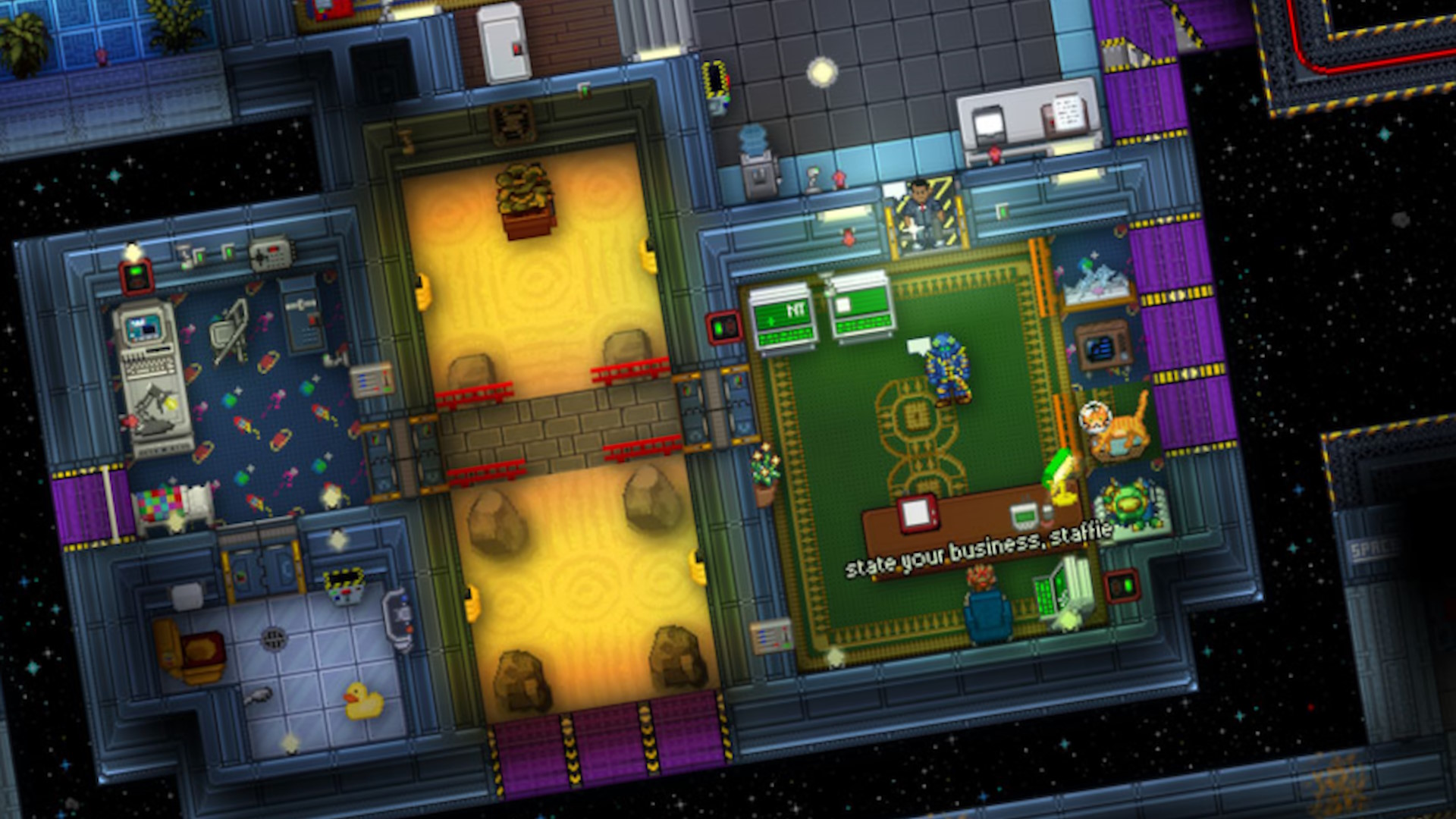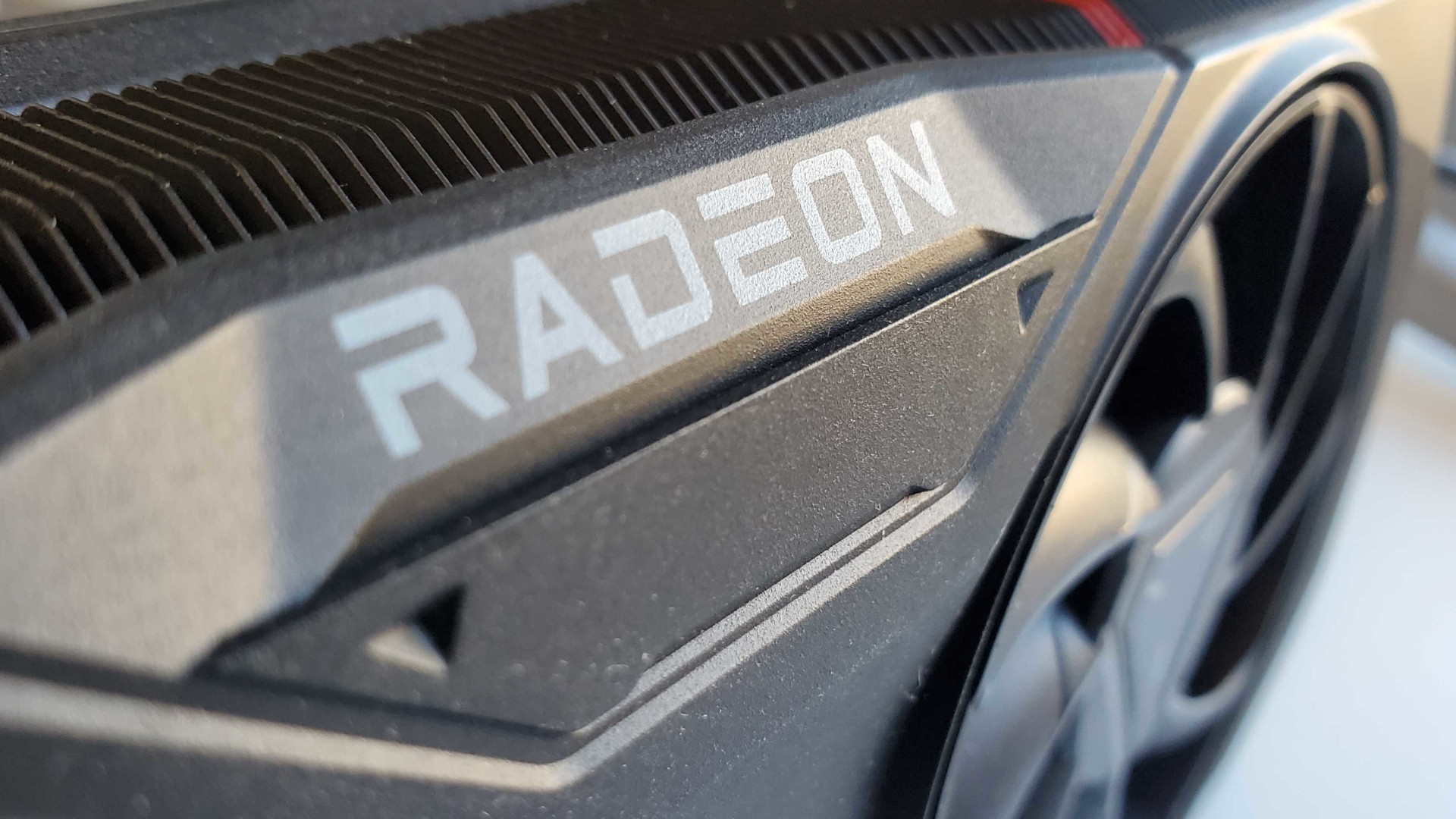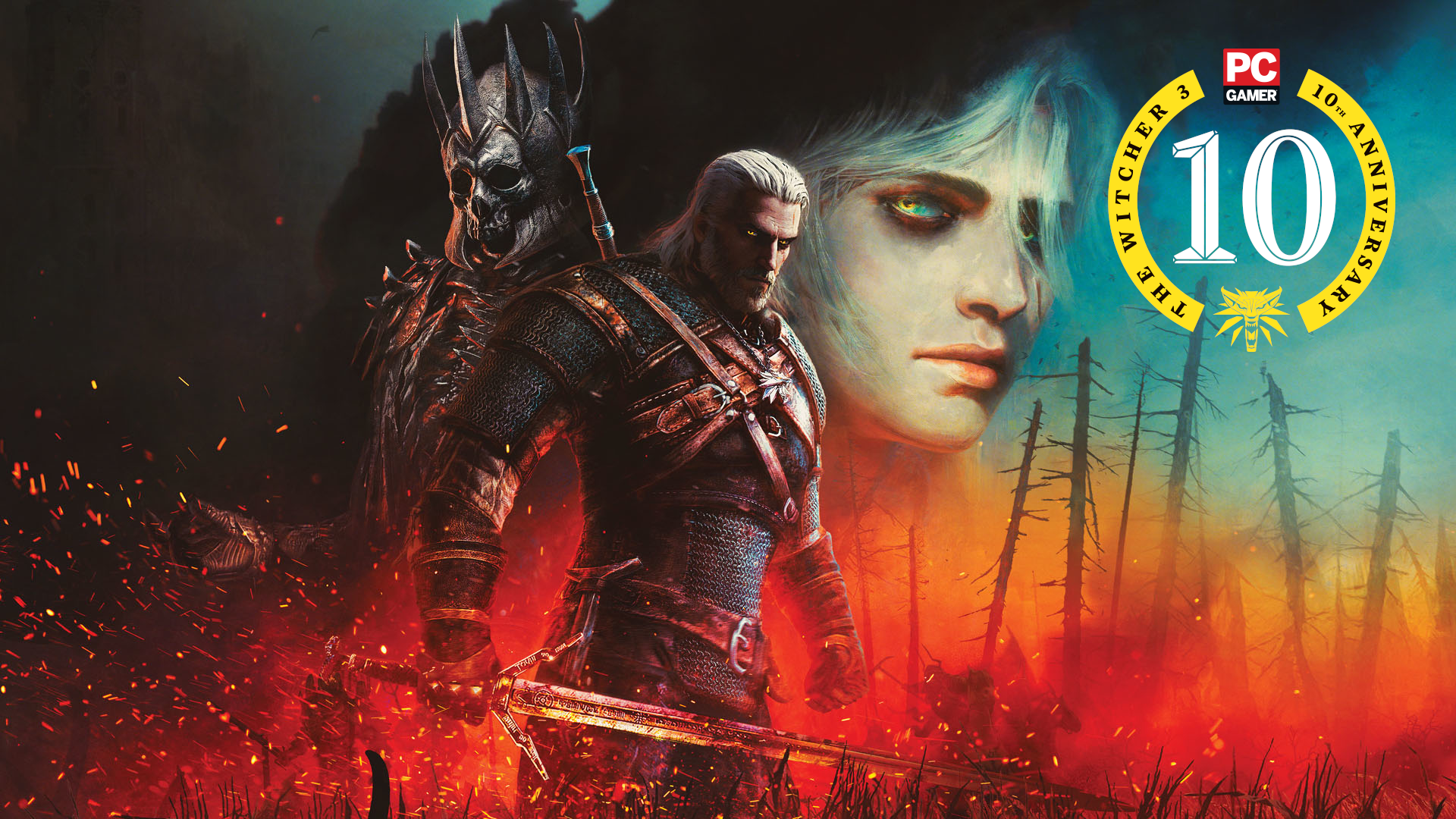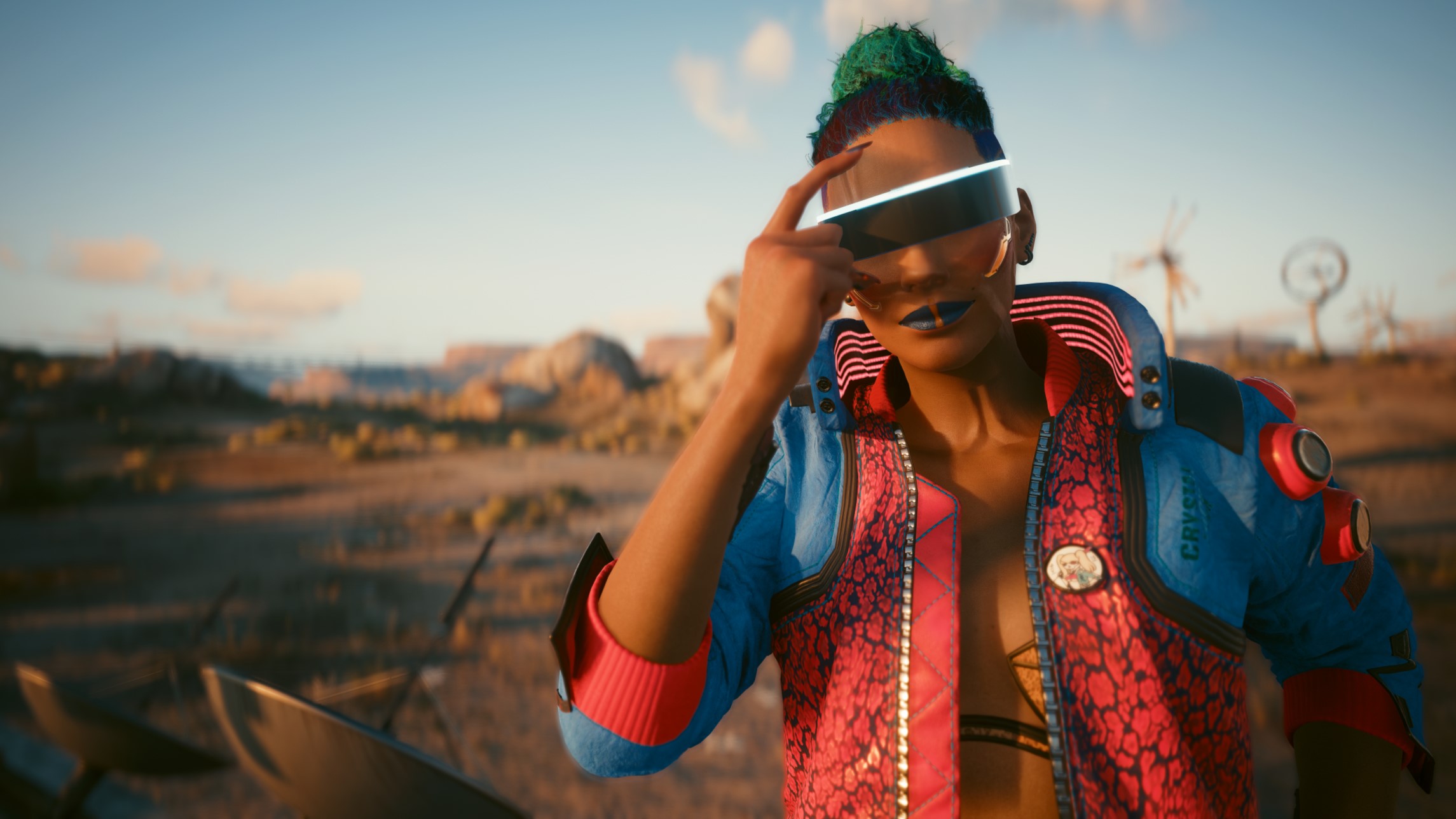
Star warriors of all shapes and creeds rejoice: Battlefront 2 (2017) is finally getting the love it deserves. The 8-year-old FPS is enjoying a resurgence the likes of which it’s never seen—on Steam, Battlefront 2 broke its concurrent player record multiple times over the weekend, topping out at over 18,600.
That comfortably ranks Battlefront 2 among the most played games on Steam at the moment (it’s also back in the top sellers list despite not going on sale). More impressive is that Steam is likely only a fraction of its total PC players, considering over 19 million people claimed a free copy from the Epic Games Store back in 2021.
Chances are, you remember DICE’s Battlefront 2 as one of EA’s most legendary blunders. It’s inarguably one of the games that helped poison public opinion against an onslaught of loot boxes, sparked by its progression system that revolved entirely around random chance.
The feedback was so universally negative that EA ripped its premium currency out of the game pre-launch, and spent the next year reworking progression around XP and making those loot boxes free. The game’s enjoyed a modest community ever since, though a recent assault by hackers made it completely unplayable for a while.
So why do people suddenly care about Battlefront 2 again? The boost from Andor’s recent finale is undoubtedly a factor as folks look to glom onto anything vaguely Cassian Andor-shaped: Andor himself never made it into Battlefront 2, but the Battle of Scarif as depicted in Rogue One film sure did. Then there’s the renewed fervor for a Battlefront 3, somewhat accelerated by Andor actor Muhannad Ben Amor’s recent Instagram story sharing his 469-hour playtime in Battlefront 2, a game he “grew up with.”
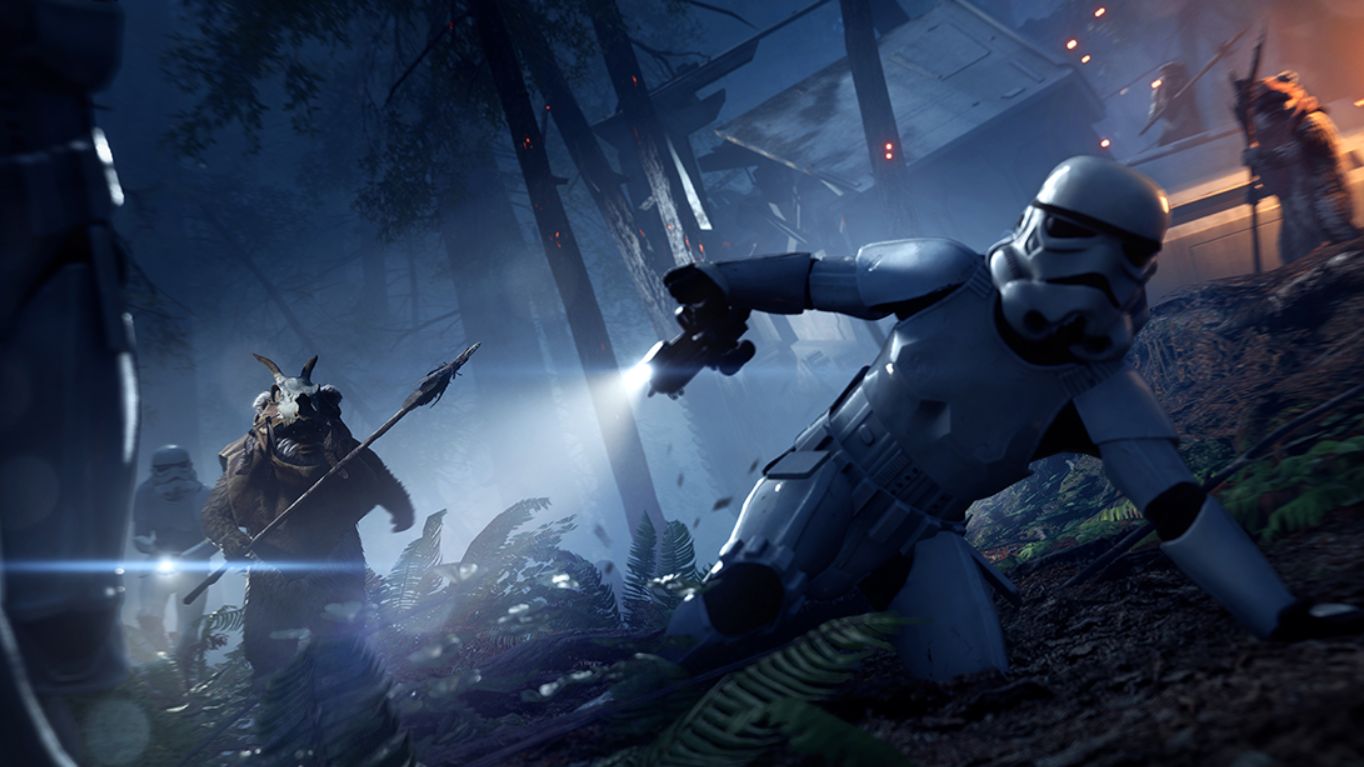
But I reckon this latest surge of enthusiasm has a much simpler explanation: Have you played Battlefront 2 recently? Because it’s really good.
Booting it up for the first time since that controversial launch, Battlefront 2 finally plays like the throwback class shooter that we envisioned in our heads when DICE brought it back. It’s got tons of ridiculously pretty maps, great gunplay (DICE knows how to make shooters, go figure), a great mix of playable heroes and villains spanning every era of Star Wars, and that reworked progression lets you unlock class upgrades just by playing. And that free copy that millions of people claimed on the Epic Store? It includes everything, including all cosmetics.
EA inadvertently created the perfect storm for a Battlefront 2 resurgence by ripping out all the stuff that sucked and leaving it alone.
Judging by my lobbies full of level 2 accounts, there are tons of new players who either skipped Battlefront 2 or weren’t old enough to play it in 2017. That’s all the better, because in 2025, a new player booting up Battlefront 2 is greeted with a feature-complete casual FPS unmarred by battle passes, pop-up ads, or hideous crossover skins.
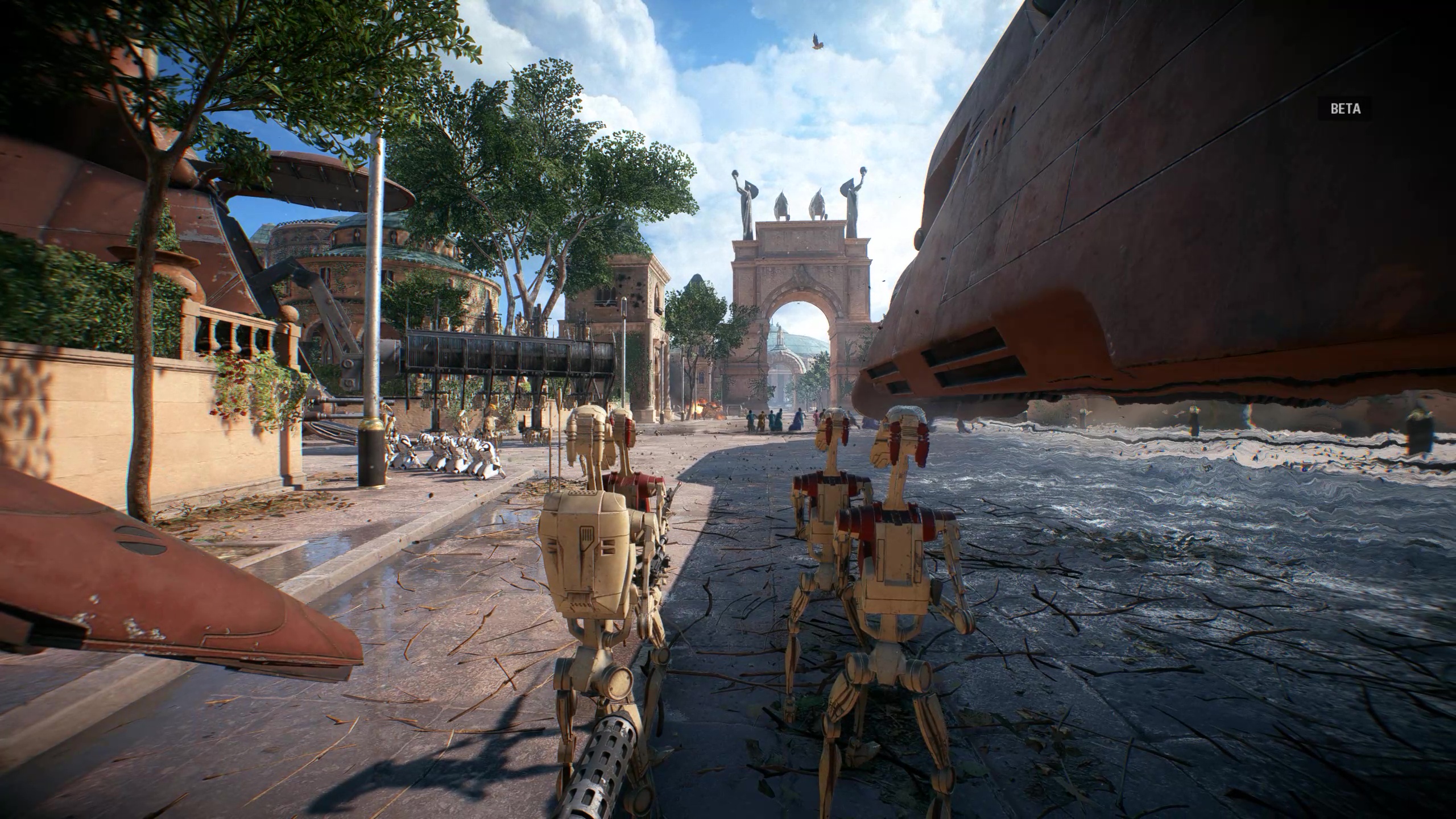
It’s also fair to say that some of us are ready to enjoy Battlefront 2 in a way we weren’t at the time. Even if Battlefront 2 had launched inoffensively, I know that 2017 me was too busy grinding ranked in Rainbow Six Siege or Overwatch to pay attention to a casual Star Wars shooter that cost $60. I was live-service pilled—enamored with hyper-competitive games that wanted me to obsess over them. Nowadays, I’m just looking for simple fun with friends. Maybe I’m not the only one?
If you’re looking to join the fun and missed the Epic giveaway from 2021, Battlefront 2 is also included in the basic level of PC Game Pass. But honestly, $40 for the Steam version is a fair deal.
Source link


